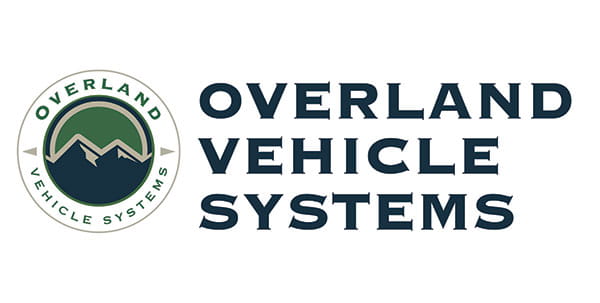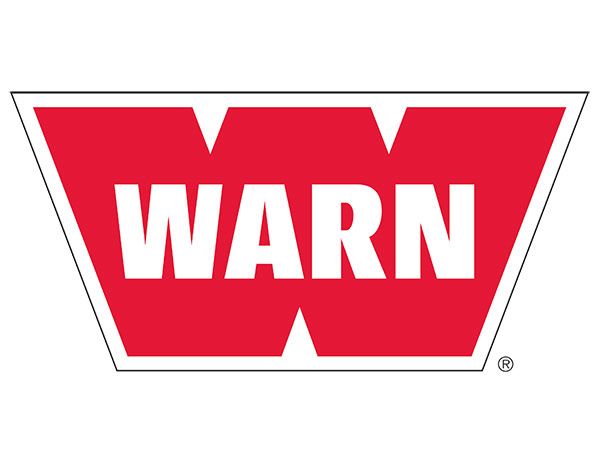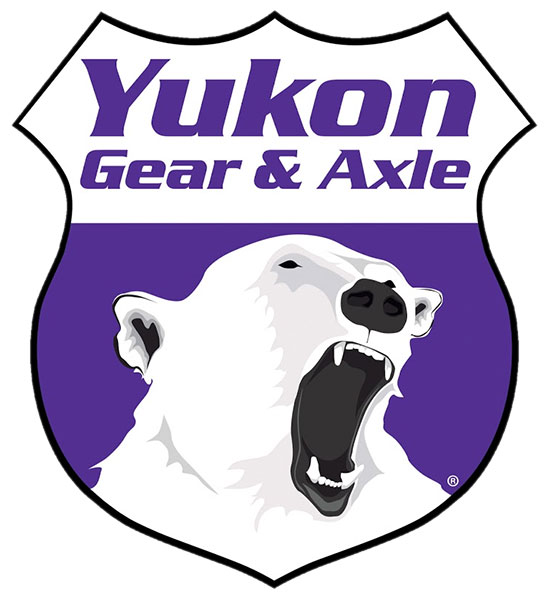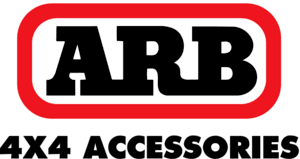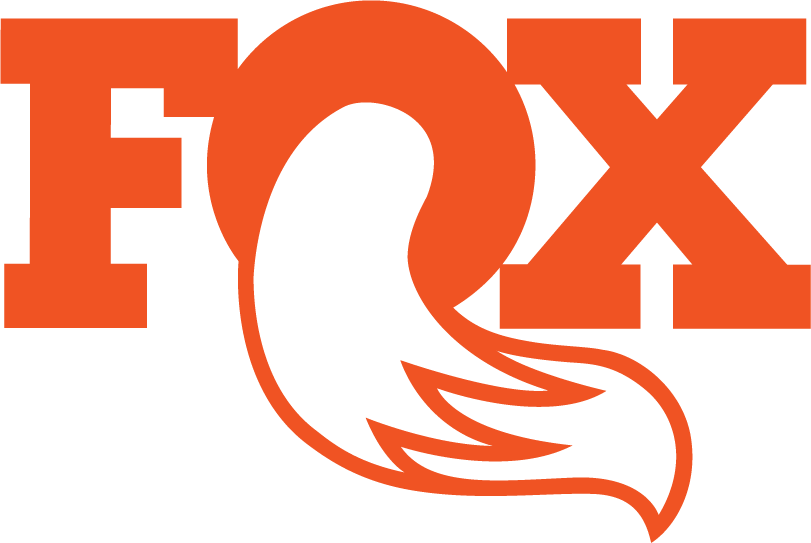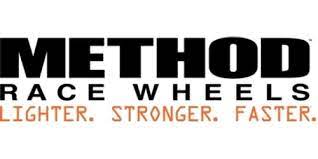|
Wheel Offset & Backspacing Explained When upgrading your off-road vehicle, selecting the right wheels is essential for performance, stability, and aesthetic appeal. Two critical terms often discussed about wheel fitment are wheel offset and backspacing. While they may seem similar, they refer to different measurements that can greatly affect the handling and look of your Jeep, truck, SUV, or UTV. In this article, we will break down these concepts and explain their significance in the world of off-roading. What Is Wheel Offset? Wheel offset refers to the distance between the wheel's hub mounting surface and the wheel's centerline. This measurement helps determine how far the wheel is from the vehicle's centerline. Essentially, wheel offset influences how the wheel aligns with the vehicle's body and suspension. Wheel Offset ExplainedPositive Offset: This occurs when the hub mounting surface is closer to the wheel's front (street side). Positive offset wheels are typically common in modern vehicles, especially those designed for on-road use. They push the wheel inward, which can improve aerodynamics and handling but may not offer the best performance off-road. Negative Offset: In contrast, negative offset means the hub mounting surface is further away from the front of the wheel. This configuration pushes the wheel outward, providing a wider stance to enhance stability in off-road conditions, making it a popular choice for build modifications among off-road enthusiasts. Zero Offset: This occurs when the hub mounting surface is aligned with the wheel's centerline. Zero offset wheels are relatively rare but offer a balanced position for specific applications.
Measuring Wheel OffsetWheel offset is measured in millimeters (mm) and can be found etched on the back of the wheel or provided by the manufacturer. To calculate the wheel offset, you can use the following formula: Measure the distance from the hub mounting surface to the back edge of the wheel (inner lip). Measure the distance from the hub mounting surface to the front edge of the wheel (outer lip). Subtract the first measurement from half the wheel’s total width.
This will give you the wheel offset measurement, revealing whether it is positive, negative, or zero. What Is Rim Backspacing? Rim backspacing refers to the distance from the wheel's back edge (the side facing the suspension) to the hub mounting surface. It measures how far the wheel sits back towards the vehicle's suspension components. Rim backspacing refers to the distance from the wheel's back edge (the side facing the suspension) to the hub mounting surface. It measures how far the wheel sits back towards the vehicle's suspension components.
Importance of Rim Backspacing
How It Affects Clearance: Rim backspacing is critical for determining how much clearance you have between the wheel and the vehicle's suspension, brakes, and other components. Too little backspacing can cause the wheel to rub against suspension parts or the wheel wells, especially when hitting bumps and uneven terrain. Handling Dynamics: The right backspacing also affects your vehicle's handling characteristics. An appropriate backspacing can generate a wider stance, widening the track width and improving cornering stability, especially in off-road situations.
How Offset and Backspacing Affect Wheel Fitment When selecting new wheels, it's essential to consider offset and backspacing. An ideal fit will provide enough clearance for components while ensuring optimal alignment and handling. Here are a few points to ponder when choosing wheels for your off-road vehicle: When selecting new wheels, it's essential to consider offset and backspacing. An ideal fit will provide enough clearance for components while ensuring optimal alignment and handling. Here are a few points to ponder when choosing wheels for your off-road vehicle:
Compatibility with Suspension: Ensure your wheel selections won't interfere with suspension geometry or tire clearance. Tire Size Considerations: Larger tires may require different offset and backspacing to prevent rubbing. Overall Vehicle Dynamics: When modifying your offset or backspacing, consider how it will affect your vehicle's track width and handling.
Conclusion
Understanding the difference between wheel offset and rim backspacing is not just crucial, it's empowering. It's the key to ensuring your off-road vehicle not only looks great but performs at its best. By grasping the wheel offset meaning, measuring accurately, and ensuring your selected configuration meets your off-road needs, you can optimize your Jeep, truck, SUV, or UTV for whatever adventures lie ahead. Always consult with a professional or refer to your vehicle's specifications when choosing the right wheels; this can save time, money, and trouble on the trail. For more information on wheel fitment and upgrades, check with the experts at Off Road Warehouse. We're here to help you equip your vehicle for the ultimate off-roading experience! Also, be sure to follow us on Instagram , Facebook , and YouTube . |
|
































































































































